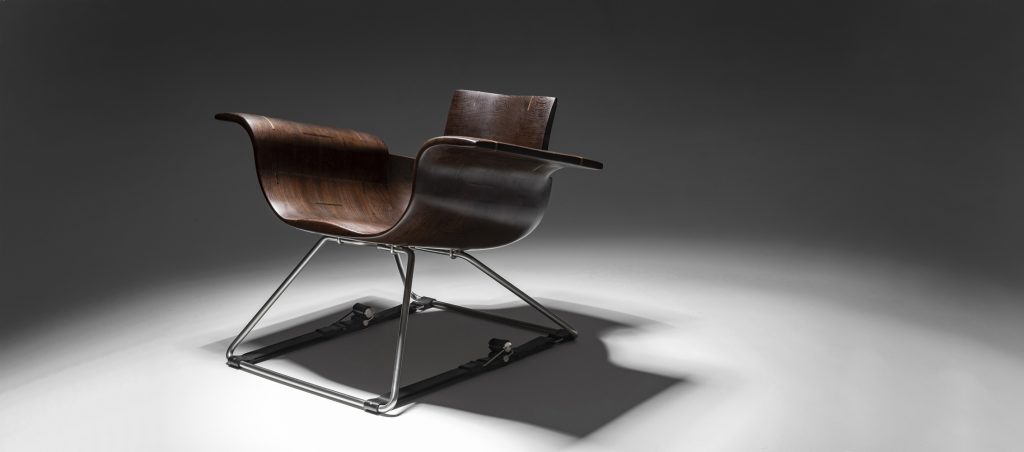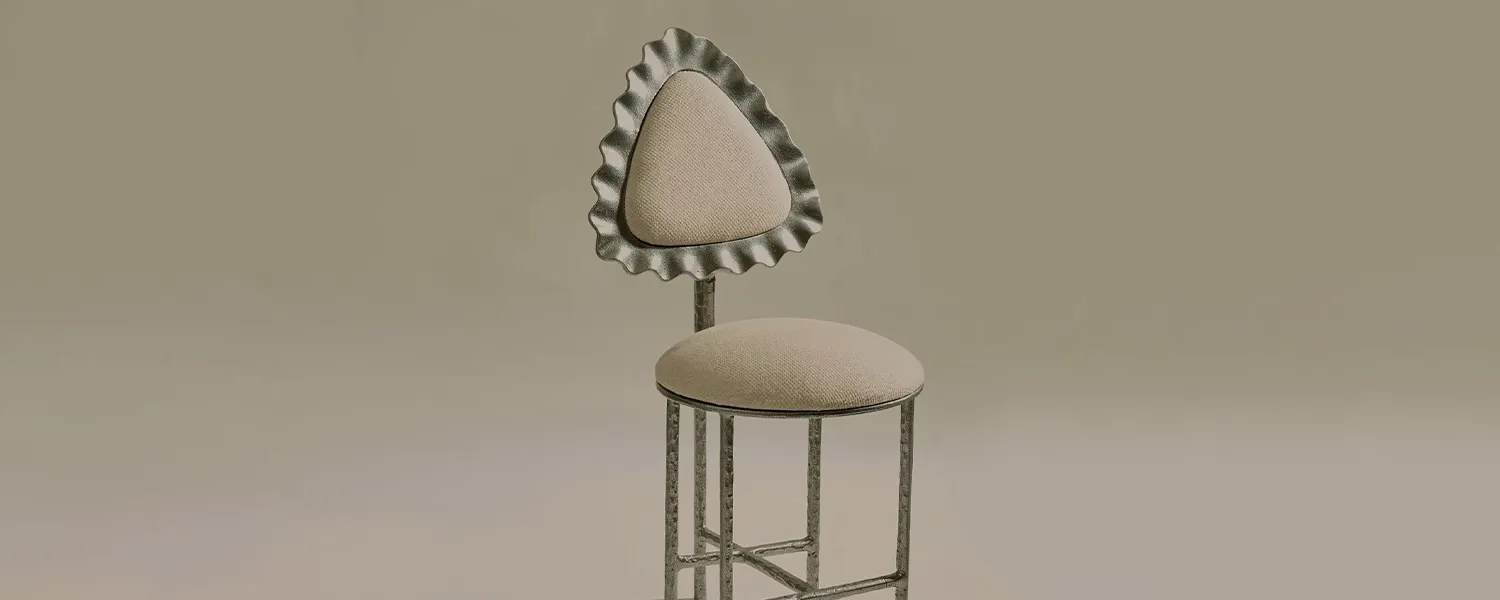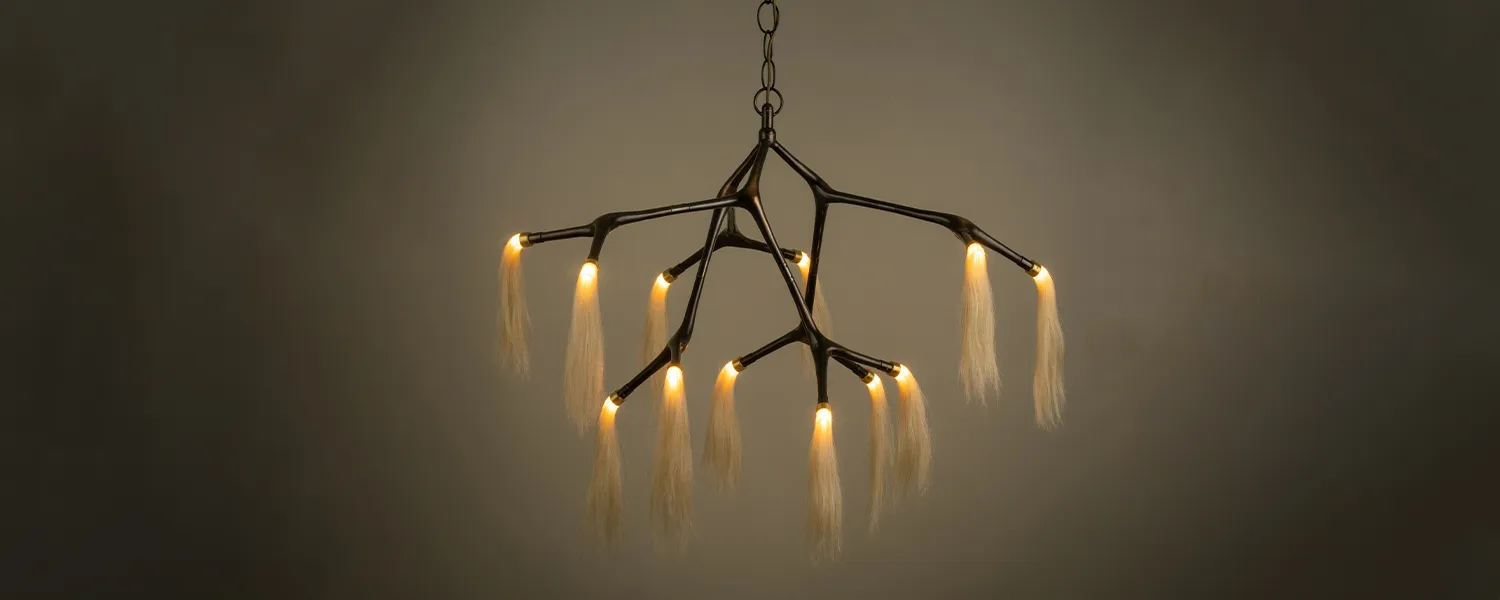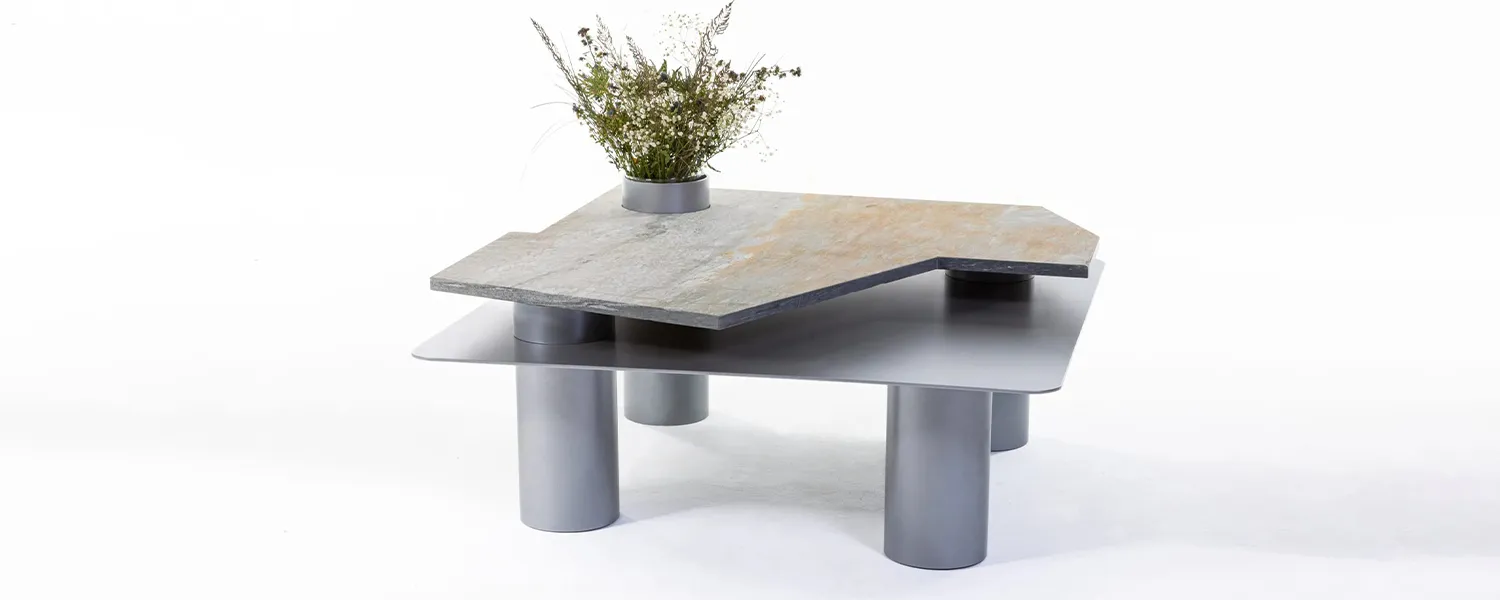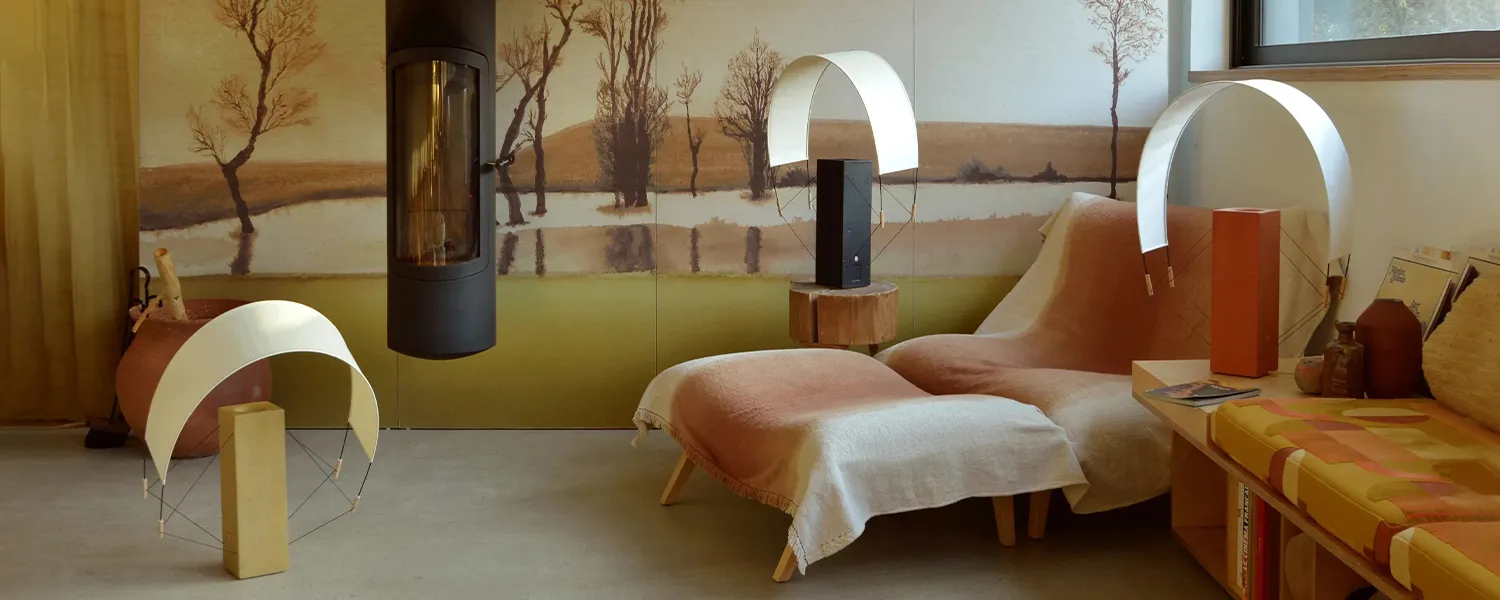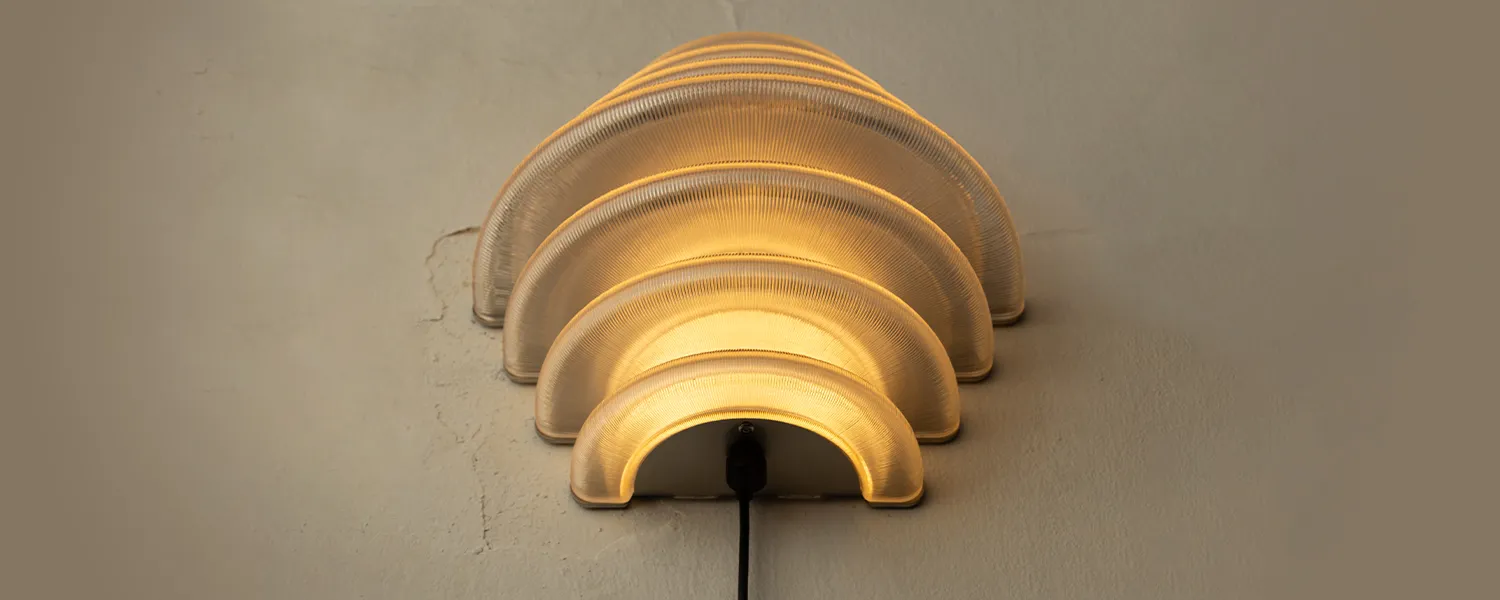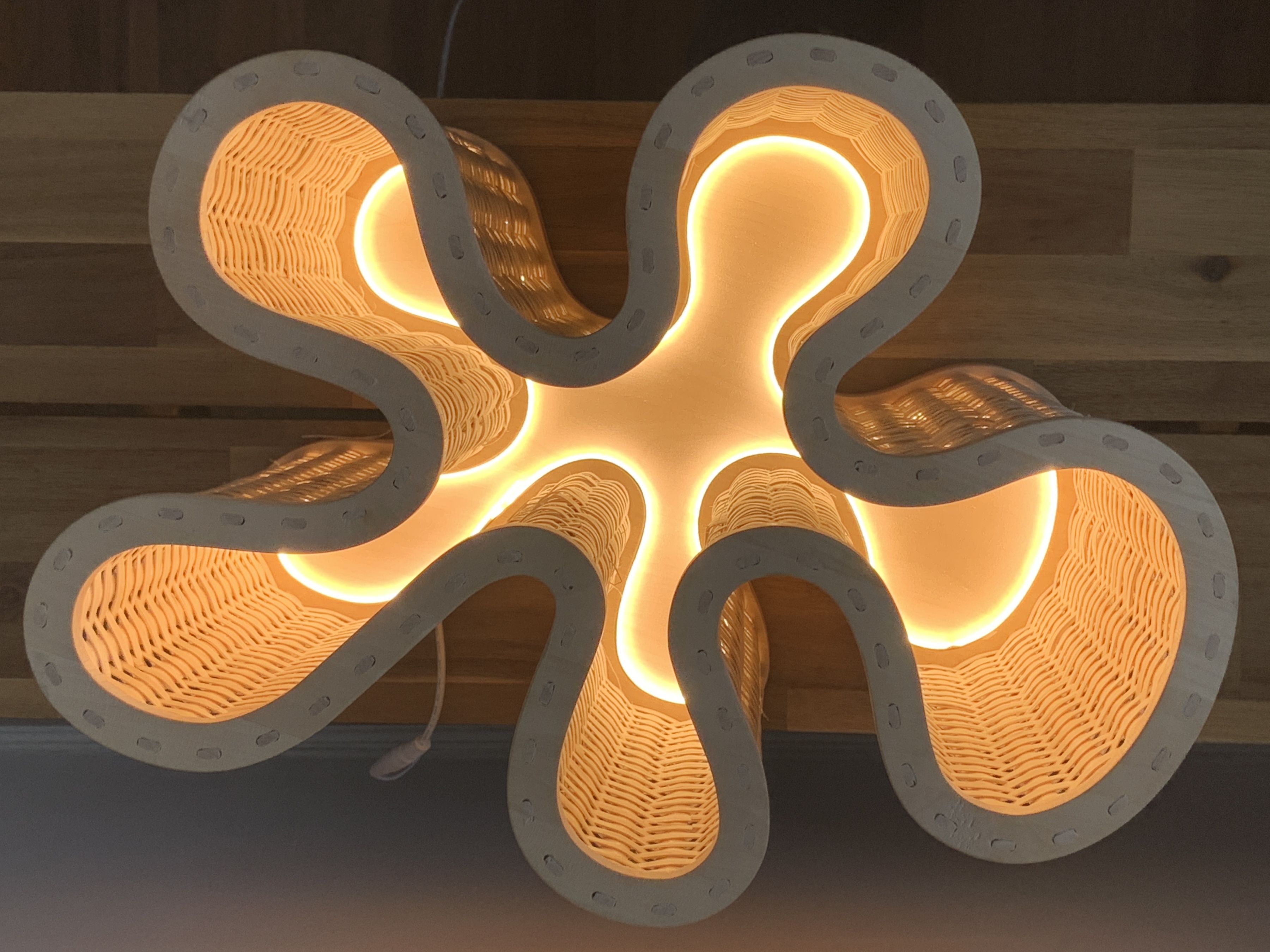
Diffused Light: Embracing Natural Illumination for Winter’s Transition
Light shapes how we experience the world – not just in grand gestures, but in subtle transitions. This past weekend’s winter solstice marked our annual pivot from deepening darkness toward increasing light. But nature, in its wisdom, doesn’t flood us with immediate brightness. Instead, it offers a gradual awakening, adding just minutes of daylight at a time. In our own spaces, we can mirror this thoughtful progression. Different materials offer their own interpretations of diffused light, each creating distinct qualities of illumination that bridge the intimate darkness of winter and the abundant light of spring. Understanding how materials shape light allows us to craft environments that respond to our deepest intuitions about natural illumination.
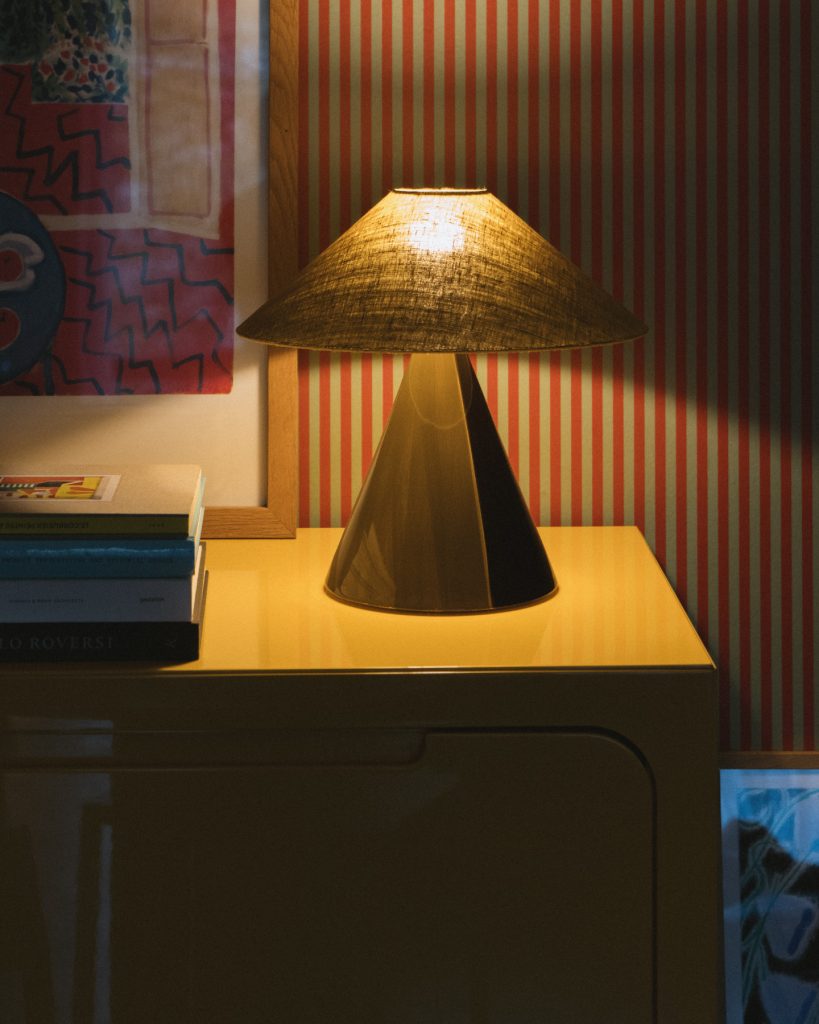



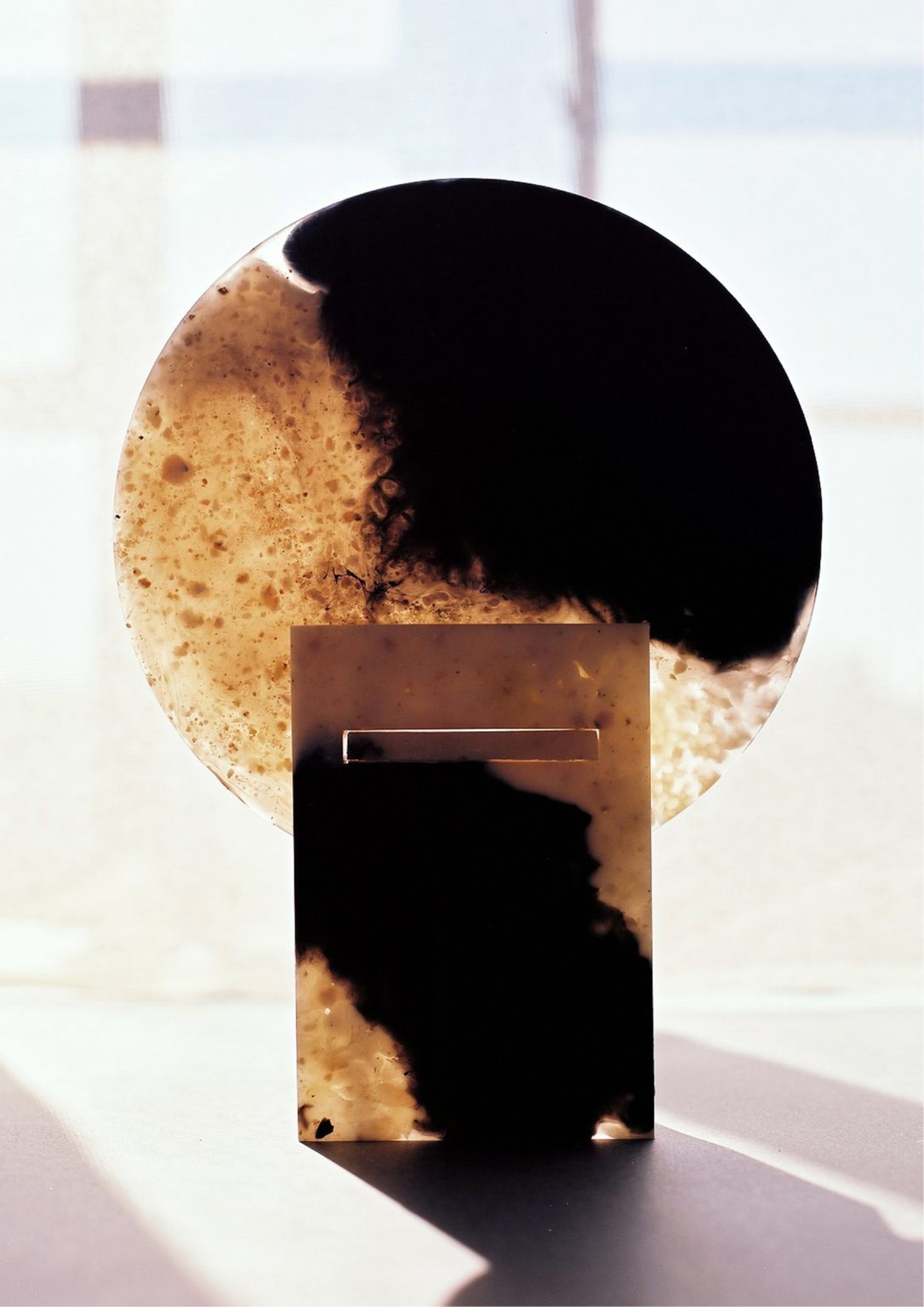

What is Diffused Light?
The technical nuances of how materials create diffused light warrant a closer look. Unlike direct illumination, which moves in a straight path from source to surface, diffused light involves intricate interactions between light waves and the structure of materials. This interplay explains why some materials produce more appealing diffused light than others, even with comparable levels of transparency. As winter’s darkness gives way to the growing presence of natural light, these material-driven approaches to diffusion take on greater significance. They provide a thoughtful means of creating illumination that feels organic and harmonious, bridging the divide between artificial light and the soft return of daylight.
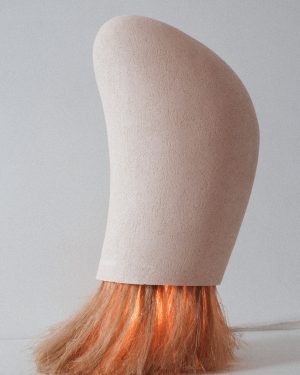

by Andrei Clontea STUDIO
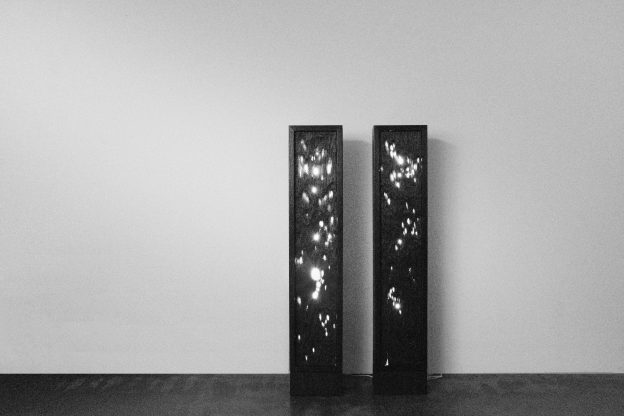

by Woohyun Han
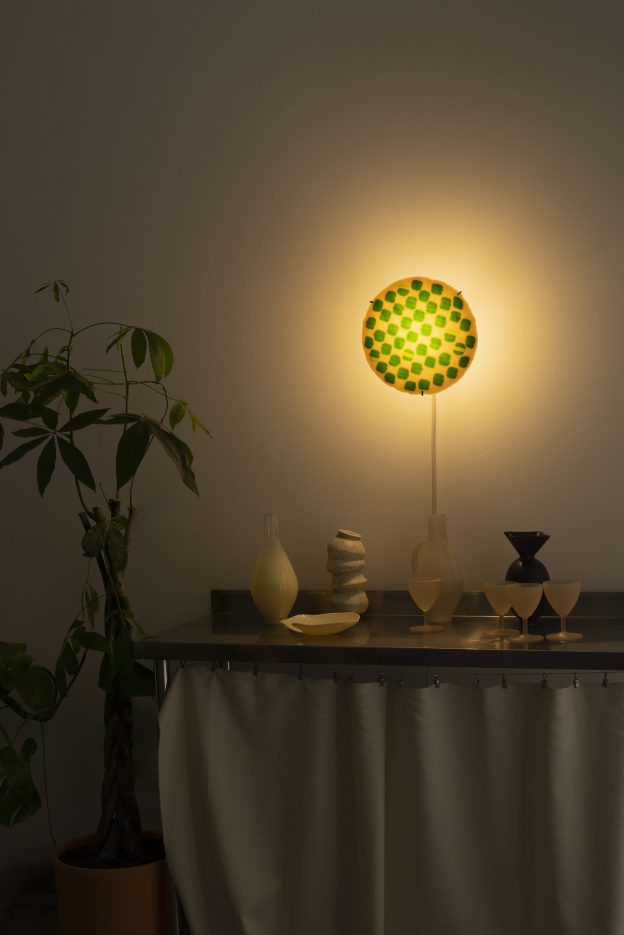

by Los Objetos Decorativos


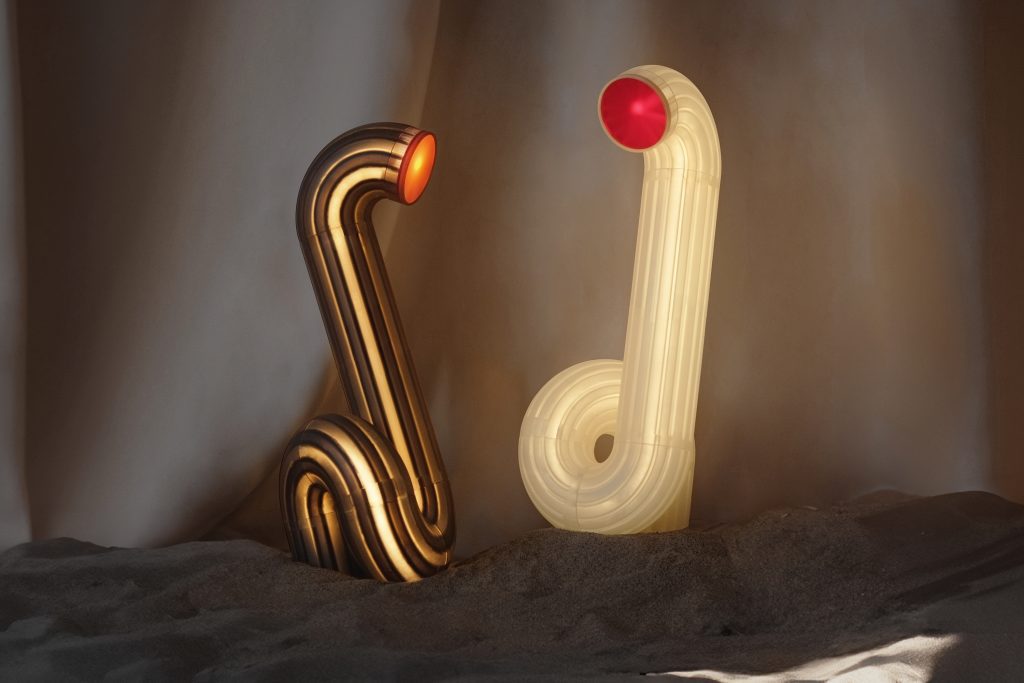

Textile Diffusion
Woven materials provide a refined approach to softening harsh illumination. The interplay of thread spacing, density, and arrangement creates intricate patterns of light diffusion. Contemporary designers push the boundaries of these techniques, using precise weaves to transform electric glare into a warm, inviting glow.


by WeraJane Design
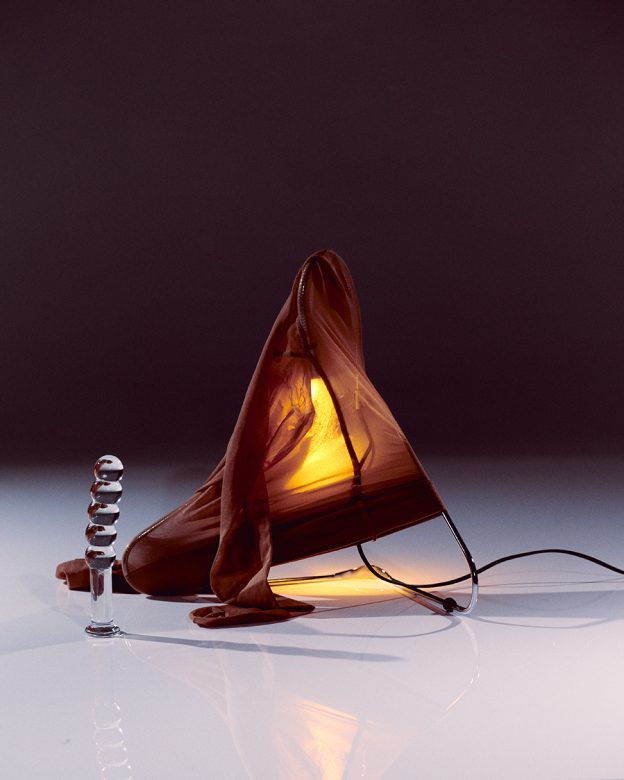

by Sudor
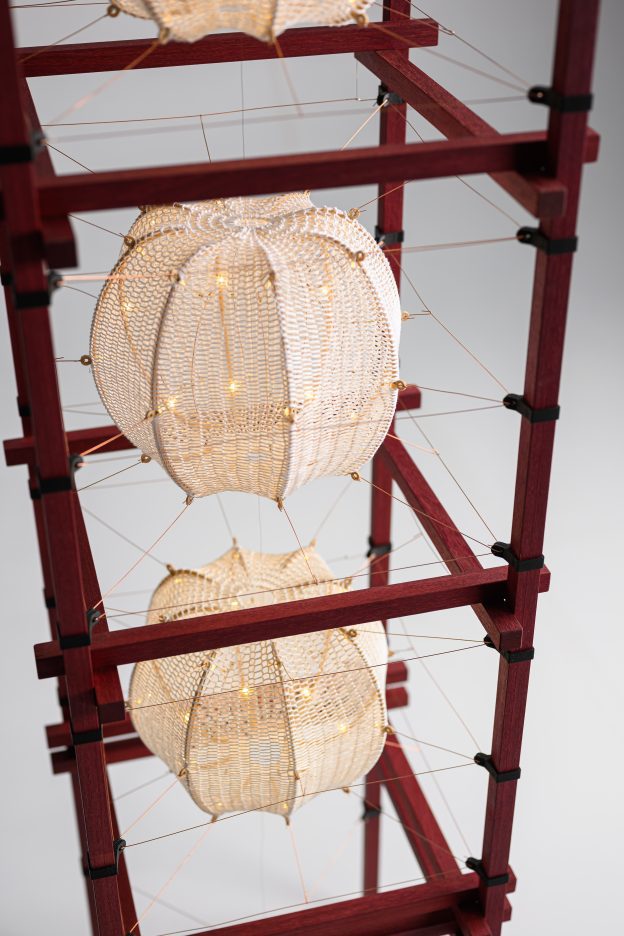

by Sjang Niederwieser
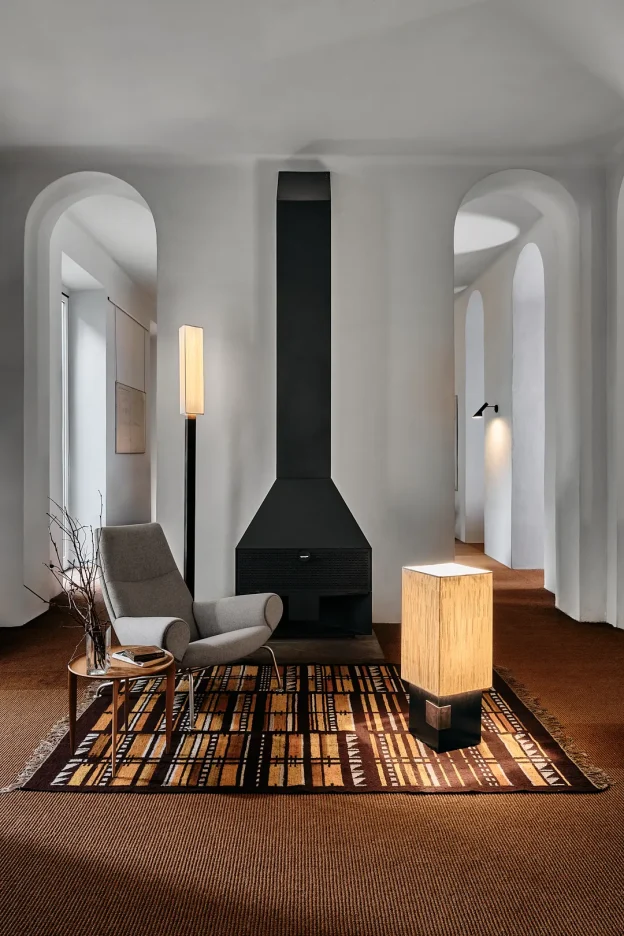

by Arch Plus Ultra


by FAINA


by Los Objetos Decorativos
Diffused Light through Porcelain
Fired at temperatures that push materials to their limits, porcelain emerges with a contradictory ability: exceptional strength paired with ethereal translucence. This duality allows it to transform artificial light into something that mimics winter morning light filtering through frost.
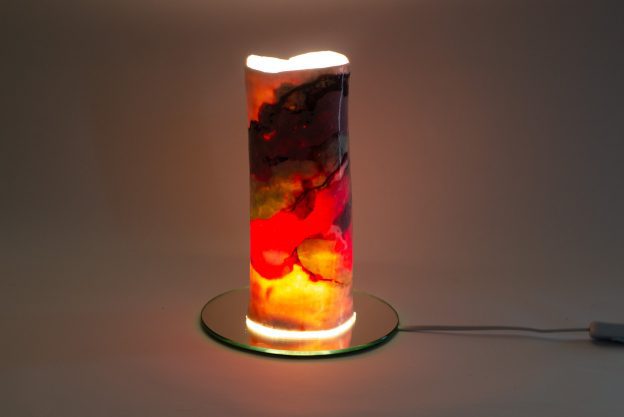



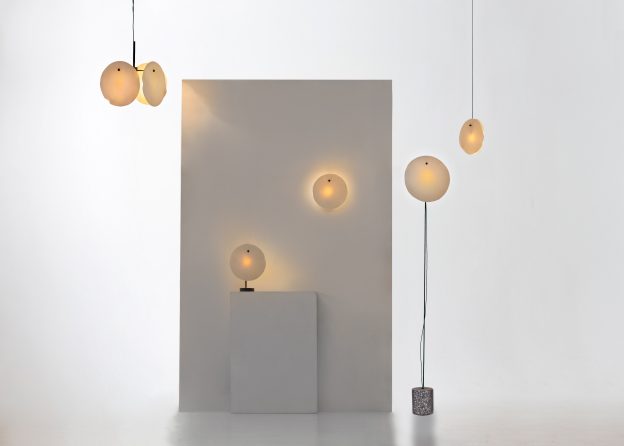

Diffusion through Paper
Paper’s role in lighting design runs deep, particularly in Japanese architecture where the interaction between light and paper is practically a philosophical pursuit. Contemporary designers work with this material not because it’s novel, but because it’s proven – paper creates the kind of nuanced illumination that makes spaces feel inherently natural and inviting.






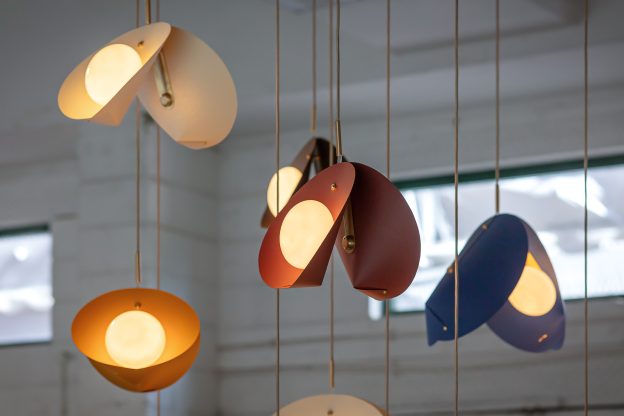

Natural Fiber Diffusion
Materials like wicker introduce an additional dimension to diffused light design. Their irregular structures create variable diffusion patterns that feel organic precisely because they’re imperfect. These materials fragment and filter light in ways that mirror natural phenomena, like sunlight playing through leaves. Each fiber becomes part of a complex light-filtering system that our eyes instinctively associate with nature.
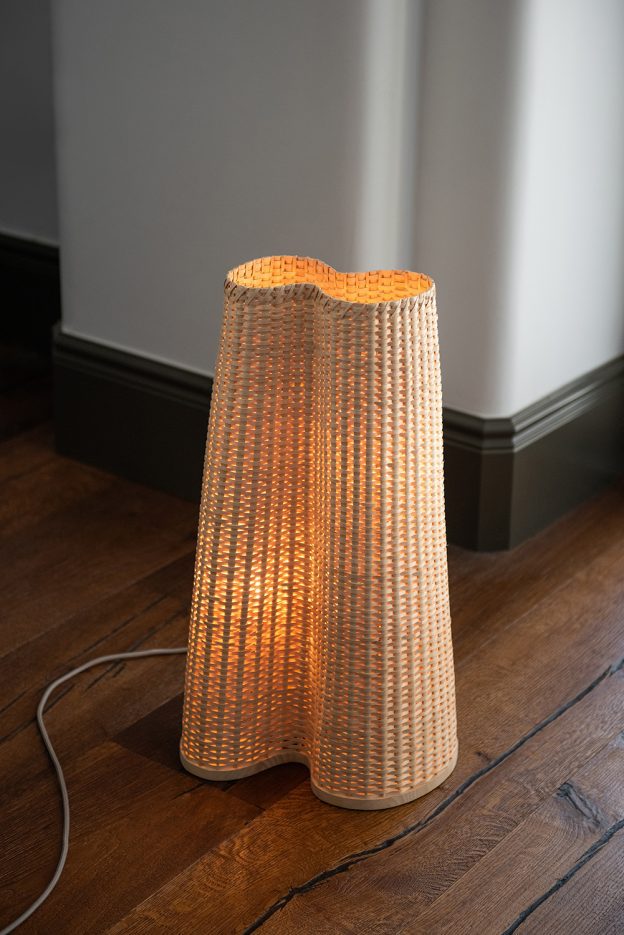

by co/fab and Darja Malesic


by Studio Aristotelis Barakos


by Daniel Orozco Estudio
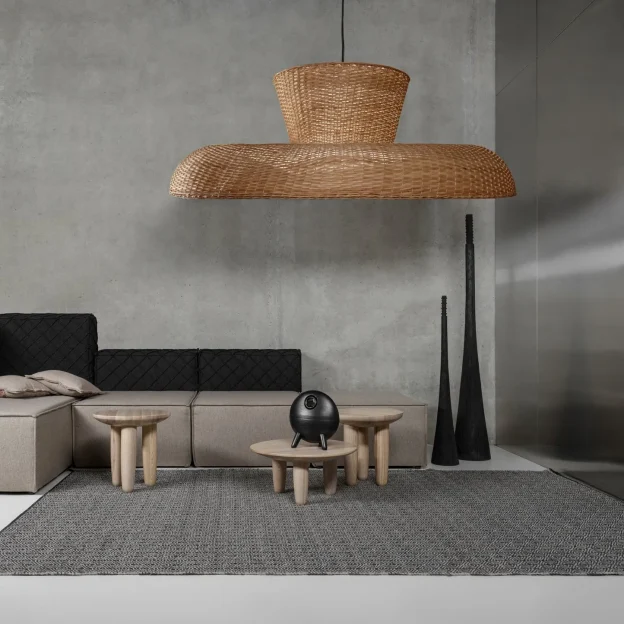

by FAINA
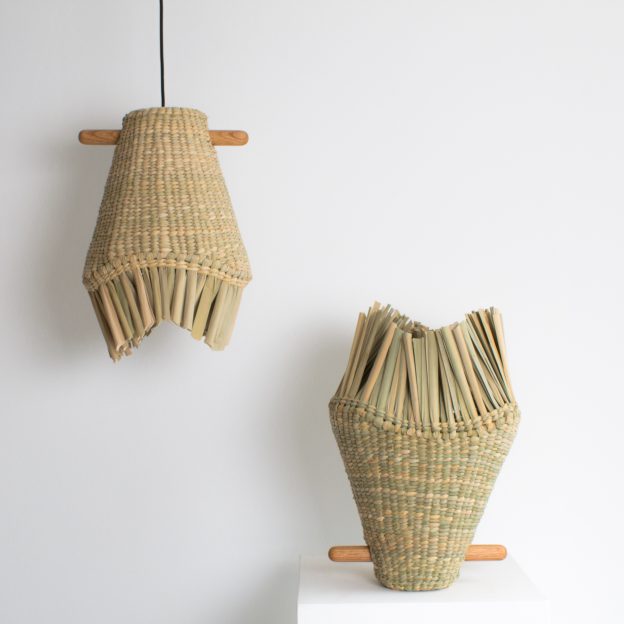

by Axoque Studio
Stone Diffusion
If you can find translucency in stone, you can find light anywhere. Materials like alabaster and marble reveal hidden relationships with light when worked to translucent thinness. Even sand, transformed through heat and precision, demonstrates that the boundary between opacity and luminescence isn’t as fixed as we might assume. It’s a reminder that even in the depths of winter, light finds a way through.


by Koen Van Guijze
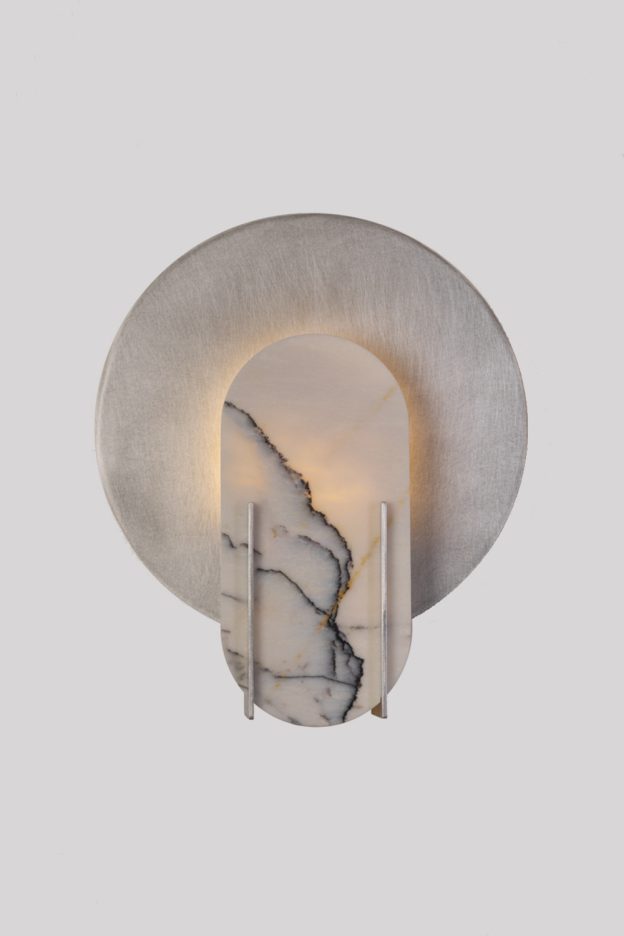

by Hasik Design Studio
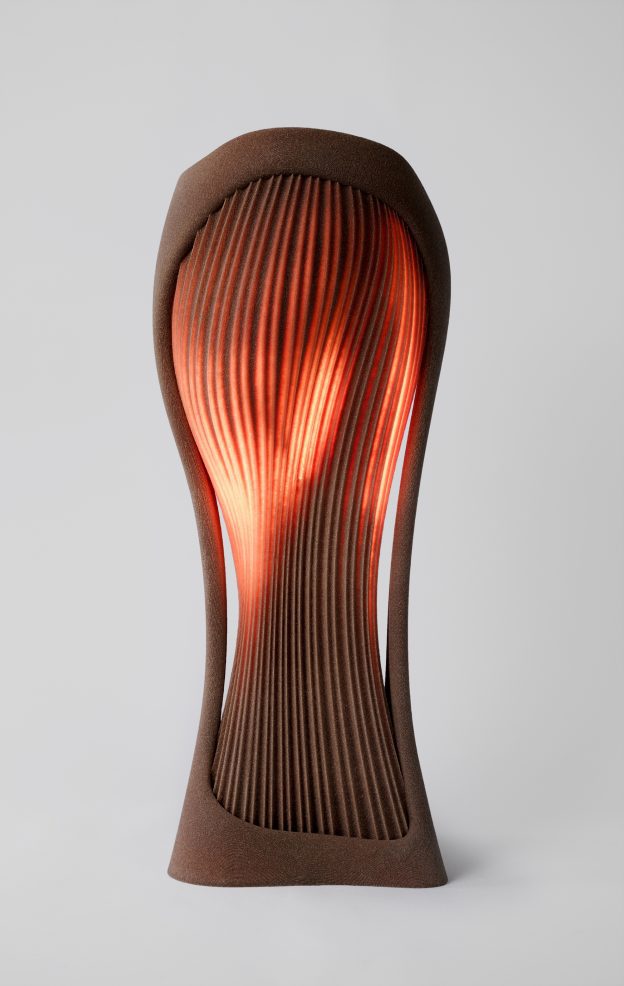

by Rollo Studio
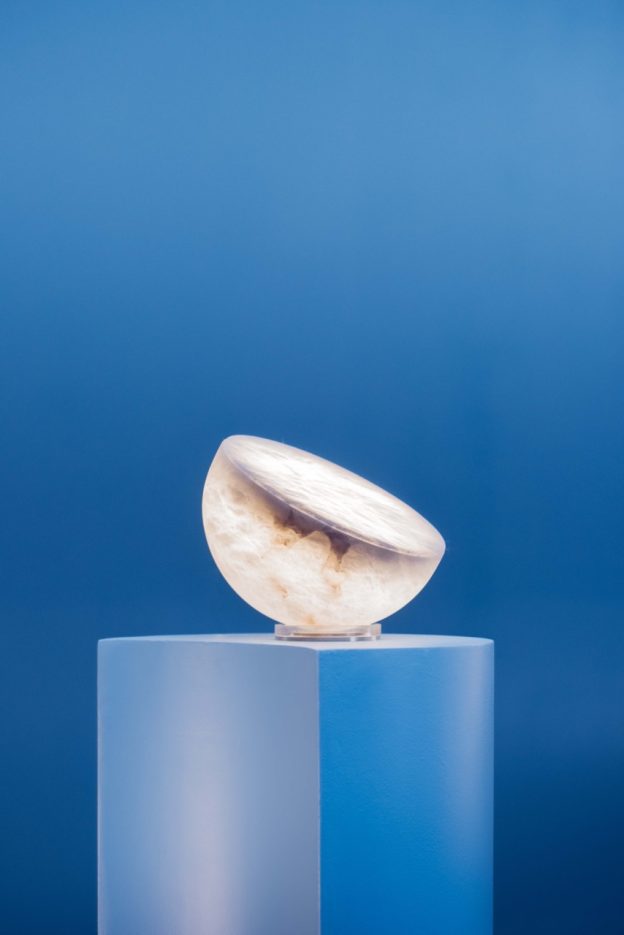

Diffused Light with Bioplastics
Nature builds in layers – from seed to sprout to bloom. Bioplastic lighting follows this same principle. Made from materials like corn starch and birch fibers, these lights don’t only illuminate; they live and evolve. They start as natural materials, transform into sophisticated light sculptures, and perhaps eventually return to the earth. It’s the solstice principle in material form: everything cycles.
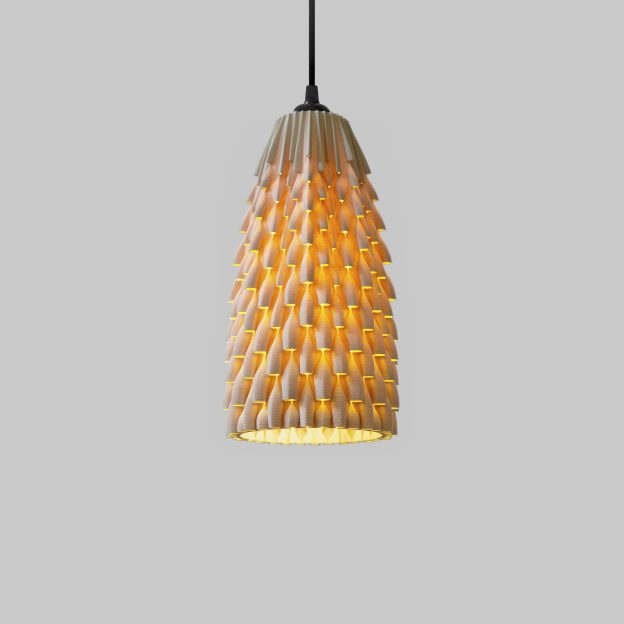

by Drag And Drop


by Alves Ludovico


by Sabrina Merayo Nuñez


by NOM.Object
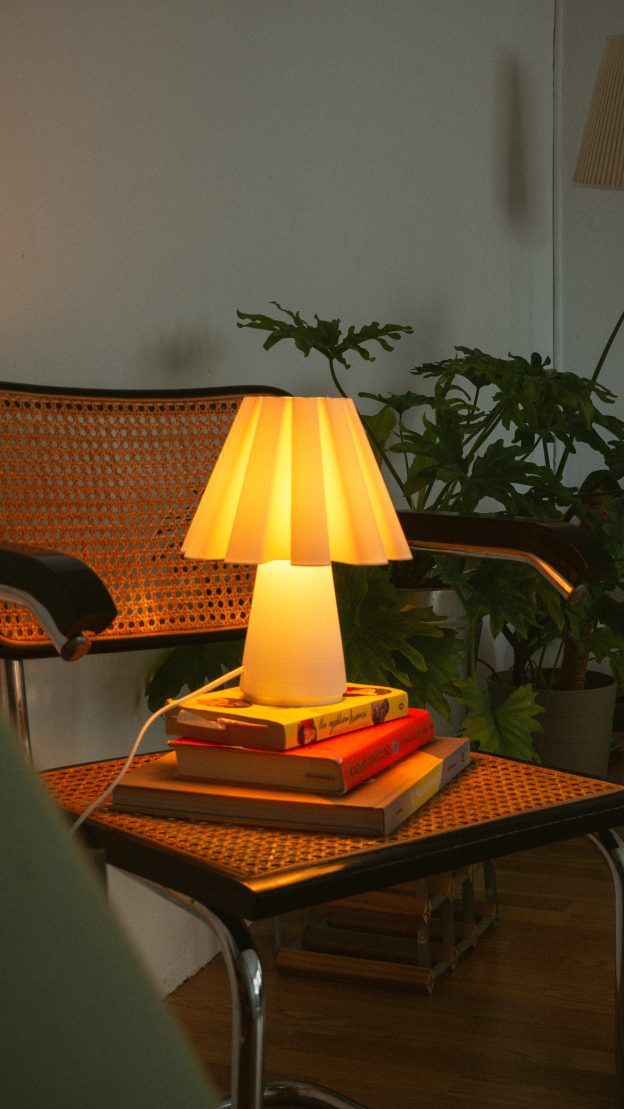

by Mina Wright
Recycled Material Diffusion
Transforming plastic waste into vessels for light turns an environmental challenge into an opportunity. These materials bear visible marks of their origins, with imperfections that shape and soften how they filter light—a practical, sustainable and meaningful form of redemption.






The Path Forward with Diffused Light
As we move forward from the year’s longest night, these diffused lighting innovations are here to guide us through transition. They remind us that progress isn’t always about speed or intensity but finding harmony—pausing in that delicate balance between darkness and light to embrace the subtle shift of seasons. In a world that often demands instant change, these lights offer a gentler perspective, creating spaces that honor the gradual, natural rhythm of renewal.
As the days steadily grow longer, let these thoughtfully designed lights accompany your journey through the seasons. The darkest day is behind us, and each step ahead leads toward brighter moments—one beautifully lit step at a time.
-

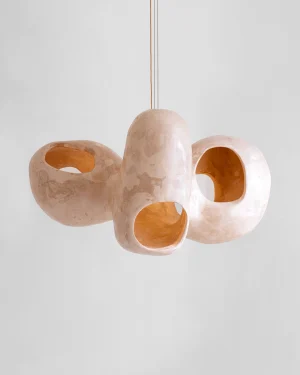 Bosei Gypsum Chandelier€18.750 – €36.250 incl. tax
Bosei Gypsum Chandelier€18.750 – €36.250 incl. tax -

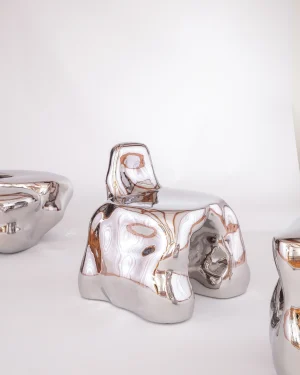 Surface Chair – Mirror Polished Stainless Steel€17.188
Surface Chair – Mirror Polished Stainless Steel€17.188 -

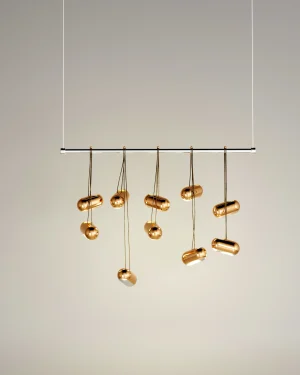 Tere Chandelier€15.540 incl. tax
Tere Chandelier€15.540 incl. tax -

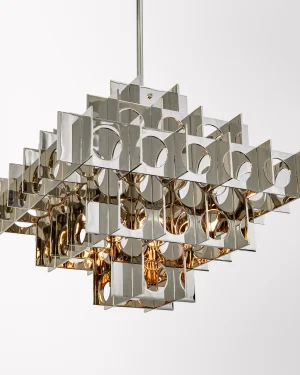 Tenfold 5 T Metal Pendant Light€5.550 – €13.750 incl. tax
Tenfold 5 T Metal Pendant Light€5.550 – €13.750 incl. tax -

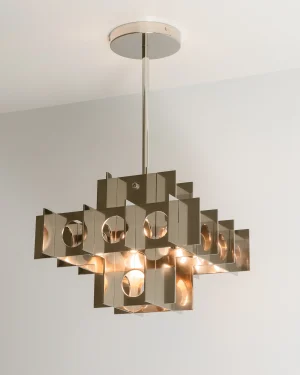 Tenfold 3 T B Metal Pendant Light€3.619 – €10.844 incl. tax
Tenfold 3 T B Metal Pendant Light€3.619 – €10.844 incl. tax -

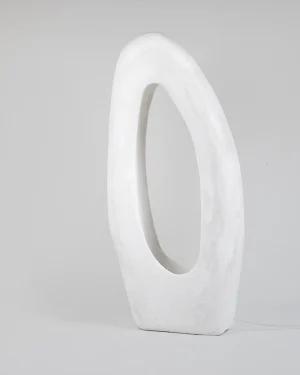 Lacuna Lamp€5.625 – €10.625 incl. tax
Lacuna Lamp€5.625 – €10.625 incl. tax -

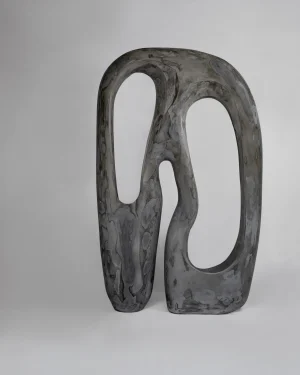 Longing Lamp€10.000 incl. tax
Longing Lamp€10.000 incl. tax -

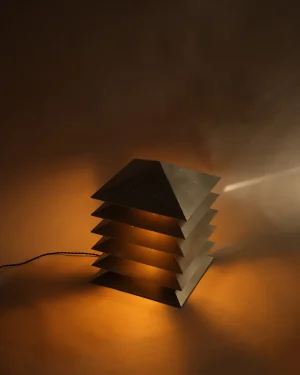 Kōtō – 光塔 – Aluminum Floor Lamp€8.194
Kōtō – 光塔 – Aluminum Floor Lamp€8.194 -

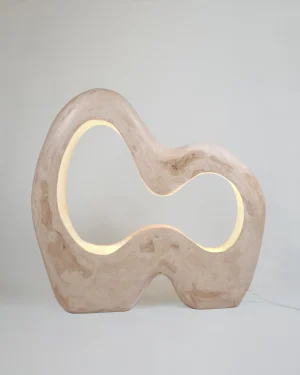 Infinite Lamp€7.500 incl. tax
Infinite Lamp€7.500 incl. tax -

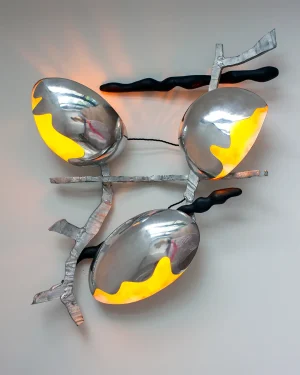 Insect Sconce – Recycled Aluminum / Burnt Ash Wood€6.250 incl. tax
Insect Sconce – Recycled Aluminum / Burnt Ash Wood€6.250 incl. tax -

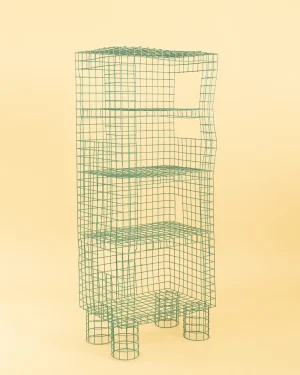 Fresh Catch Ii€6.225 incl. tax
Fresh Catch Ii€6.225 incl. tax -

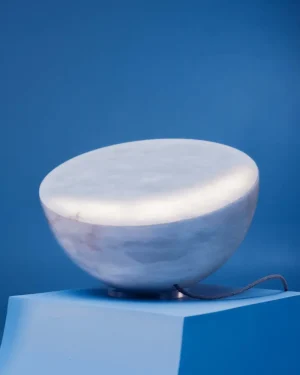 Moon Forty – Alabaster Floor Lamp€4.650 incl. tax
Moon Forty – Alabaster Floor Lamp€4.650 incl. tax
